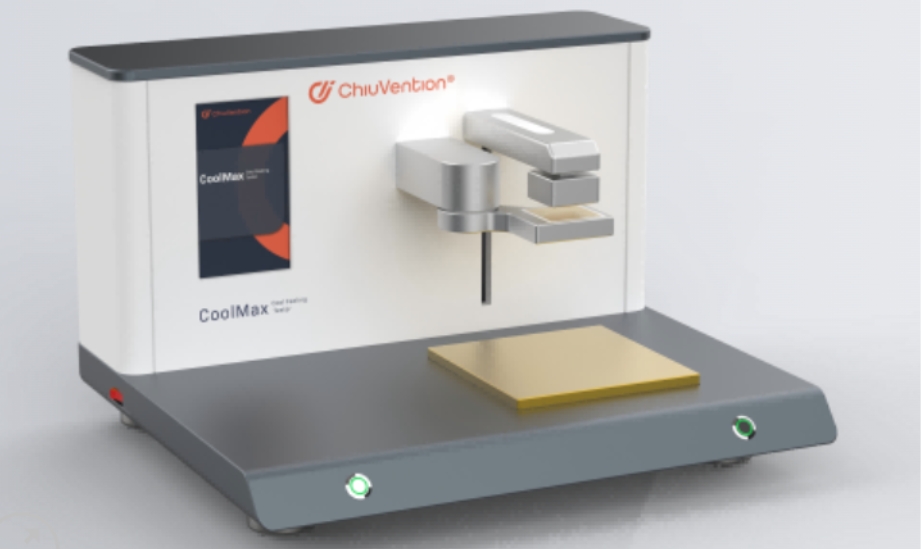Testing the cool feeling of fabrics is essential for evaluating their performance, especially in warm weather. There are established methods to assess how effectively a fabric can provide a cooling sensation upon contact with the skin. This article outlines the key procedures involved in performing a fabric cool feeling test.
Testing Methods
There are two primary methods for testing the cool feeling of fabrics: the Temperature Sensor Method and the Q-max Method.
1. Temperature Sensor Method
This method measures how well a fabric absorbs and conducts moisture, which contributes to its cooling effect. Here’s how to perform it:
- Sample Preparation: Dry the fabric sample in an oven at 70°C.
- Testing Environment Setup: Place the sample in a controlled chamber set to 35±0.5°C and 27%±3% humidity.
- Water Application: Drop 0.5 mL of water (also at 35±0.5°C) onto the center of the fabric.
- Sensor Placement: Quickly fold the fabric to place a temperature sensor in its center and clamp it securely.
- Data Recording: Record the temperature every 5 minutes for 60 minutes. The resulting temperature-time curve will indicate how effectively the fabric maintains a lower temperature, which signifies better cooling properties
2. Qmax Method
This method evaluates the instantaneous cooling effect when a fabric is in contact with skin.
- Initial Setup: Prepare a thermal test plate that is hotter than the fabric sample.
- Contact Measurement: Place the fabric on a cold plate at 25°C, then quickly place the hot plate (set to 35±0.5°C) on top of it.
- Data Capture: Measure the maximum heat loss (Qmax) from the fabric during this contact. This value is expressed in W/cm², with higher values indicating better cooling performance
Test Execution Steps
- Sample Cutting: Use a cutting system to prepare square samples of 20 cm x 20 cm, ensuring they are flat and defect-free.
- Acclimatization: Keep samples at 20±2°C and 65±2% relative humidity for at least 24 hours prior to testing
- Equipment Operation: Utilize a CoolMax Cool Feeling Tester for accurate measurements, which can record temperature changes every 10 seconds during testing
- Result Processing: Connect the testing instrument to an application or software that can analyze and generate reports based on collected data
Conclusion
Performing a fabric cool feeling test involves meticulous preparation and execution using standardized methods like the Temperature Sensor Method and Qmax Method. These tests help manufacturers and consumers understand how well fabrics can provide comfort through cooling sensations, particularly useful for summer wear or activewear applications. Proper adherence to testing protocols ensures reliable results that can inform product development and consumer choices.
Selecting a high-quality fabric cool-feeling tester is crucial for manufacturers and researchers who want to evaluate the cooling properties of textiles accurately. Here are key considerations and features to look for when choosing a fabric cool feeling tester:
Key Considerations
1. Testing Standards Compliance
Ensure that the tester adheres to recognized testing standards such as:
- GB/T 35263-2017: This standard outlines the method for assessing cool feeling performance in textiles.
- JIS L1927: A Japanese standard for measuring the cool touch feeling of fabrics.
- CNS 15687-2013: A Taiwanese standard that specifies minimum Qmax values for effective cooling fabrics
2. Measurement Accuracy
Choose a tester that provides precise measurements of temperature changes. Look for features such as:
- High-resolution temperature sensors (e.g., 0.01°C resolution).
- Quick response times (less than 0.2 seconds) to minimize temperature loss during tests
3. Testing Methodology
Opt for testers that utilize reliable testing methodologies:
- Qmax Measurement: This involves measuring the maximum heat loss (in W/cm²) when a hot plate contacts the fabric, indicating its cooling effectiveness.
- Instantaneous Cooling Assessment: The device should simulate real-life conditions to accurately reflect how fabrics perform when worn
4. User-Friendly Features
Consider testers with user-friendly interfaces and functionalities, such as:
- Remote operation capabilities through apps or software.
- Adjustable testing parameters (e.g., test duration and temperature settings).
- Data analysis and reporting features that provide clear insights into test results
5. Versatility and Application
A good fabric cool feeling tester should be applicable to various fabric types, including:
- Synthetic fabrics like Coolmax and polyester.
- Natural fibers such as cotton, linen, and bamboo.
- Specialty fabrics infused with cooling technologies like jade or graphene
6. Reliability and Validation
Look for testers that have been validated by third-party organizations, ensuring that their results are consistent and trustworthy. This is crucial for maintaining credibility in testing outcomes
Conclusion
When selecting a fabric cool feeling tester, prioritize compliance with established standards, measurement accuracy, reliable methodologies, user-friendly features, versatility across fabric types, and validation of results. Investing in a high-quality tester not only enhances product development but also ensures that textiles meet consumer expectations for comfort in warm conditions.
For more information on textile testing methods/standards
or textile testing machines, contact us:
What’s App: +86 180 2511 4082
Tel: +86 769 2329 4842
Fax: +86 769 2329 4860
Email: sales@chiuvention.com




























